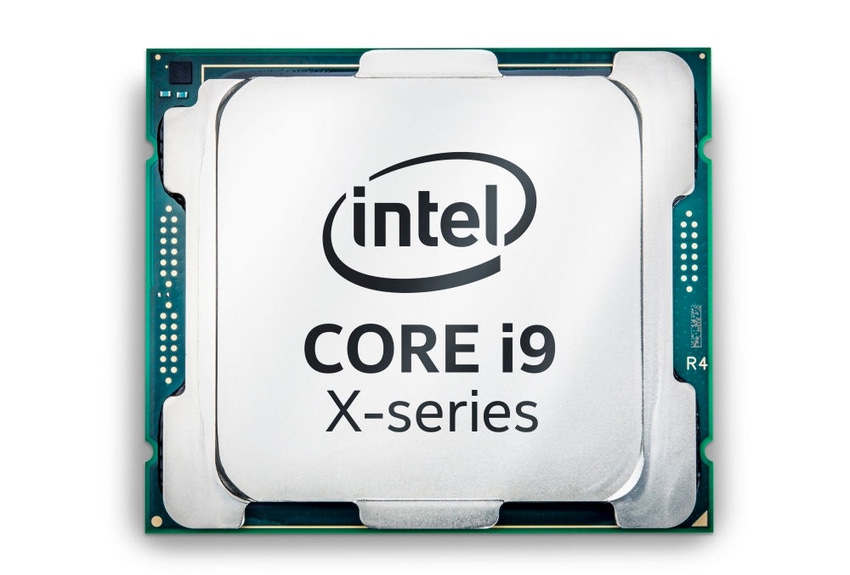Intel tries to menace latest Windows on ARM initiative
Microsoft wants to run full Windows on ARM processors using an x86 emulator but Intel is suggesting that may be illegal.
June 12, 2017

Microsoft wants to run full Windows on ARM processors using an x86 emulator but Intel is suggesting that may be illegal.
Windows on ARM-based chips, which run pretty much every mobile device, has been an aspiration across the tech industry for years. For a long time the ‘Wintel’ symbiotic relationship between Microsoft and Intel meant the latter was disinclined to facilitate such a move, but times have changed.
At the recent Computex show a few PC vendors announced plans to launch Windows 10 laptops running Qualcomm Snapdragon (ARM-based) processors. While Microsoft seemed to downplay the announcement, such a thing is only possible via a special version of Windows 10 for ARM that incorporates an x86 (Intel’s instruction set) emulator. This is a software layer that allows applications designed to run on x86 use the ARM instruction set instead.
A recent blog post in which Intel congratulated itself on 40 years of x86 innovation the company quickly moved to the kind of passive-aggressive language usually reserved for patent litigation. In a section sub-headed ‘Protecting x86 ISA Innovation’, Intel blogged: “Intel invests enormous resources to advance its dynamic x86 ISA, and therefore Intel must protect these investments with a strong patent portfolio and other intellectual property rights.”
“However, there have been reports that some companies may try to emulate Intel’s proprietary x86 ISA without Intel’s authorization,” the blog later reflected. It then detailed the saga of a company called Transmeta that tried a similar trick around the time of the dotcom bubble (it was one of the defining IPOs of that era), only to be swatted into bankruptcy by Intel’s lawyers. The message is neither ambiguous not subtle – don’t mess with x86.
“Only time will tell if new attempts to emulate Intel’s x86 ISA will meet a different fate,” concludes the blog, portentously. “…we do not welcome unlawful infringement of our patents, and we fully expect other companies to continue to respect Intel’s intellectual property rights.” The final sentiments are the usual intellectual property stuff about how it’s only by fanatical imposition of its IP right that is can scrape together the cash to innovate and how people should invent their own stuff.
Microsoft, which still makes a lot of money from the Wintel paradigm, is still keeping a low profile on this topic, although it must be assumed that it doesn’t think Windows 10 for ARM has broken any laws. Qualcomm, however, has commented but, as ever, hasn’t really said anything.
“Given our recent announcement with ASUS, HP and Lenovo, we found the blog that one of our competitors published on June 8 very interesting,” said the Qualcomm statement. “We look forward to the launch of the always connected Windows 10 PC powered by the Qualcomm Snapdragon 835 Mobile PC Platform later this year.” There was a sentence or two more on how great these PCs will be but no further attempt to address the emulation issue at all.
About the Author(s)
You May Also Like








.png?width=300&auto=webp&quality=80&disable=upscale)


_1.jpg?width=300&auto=webp&quality=80&disable=upscale)


.png?width=800&auto=webp&quality=80&disable=upscale)